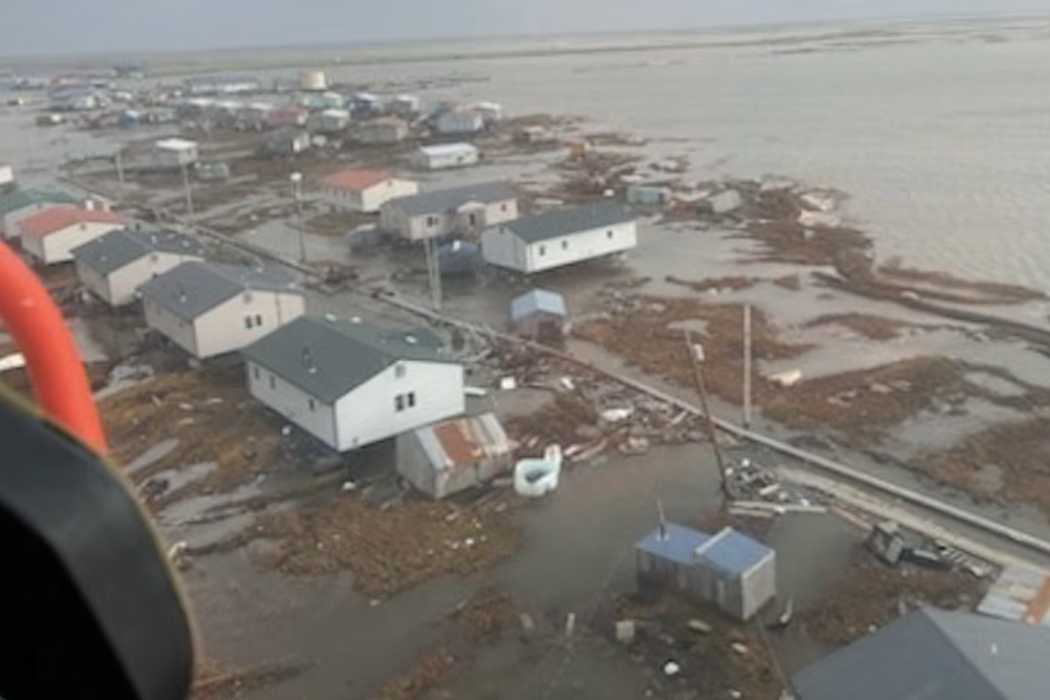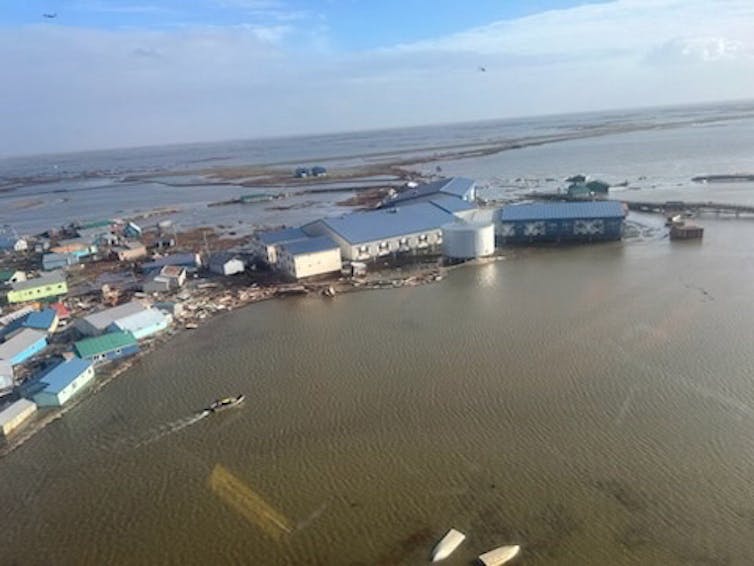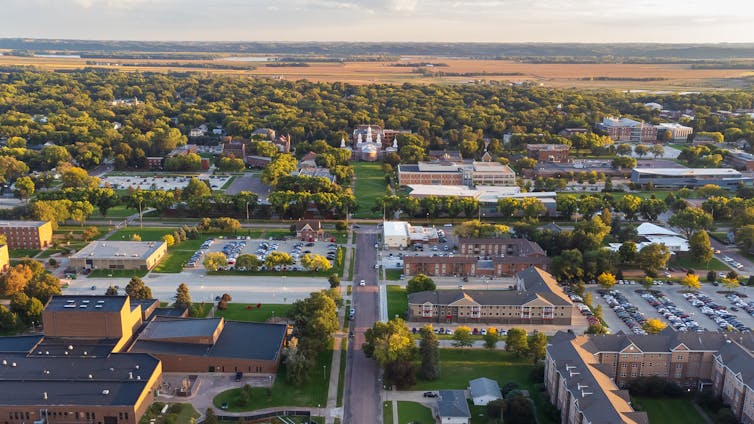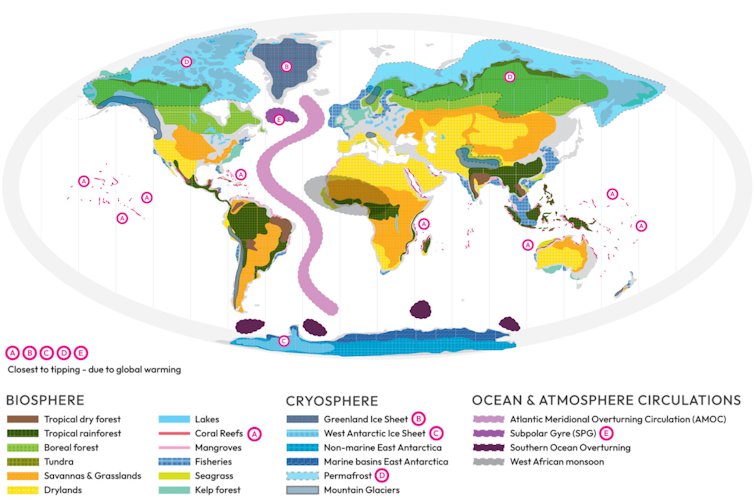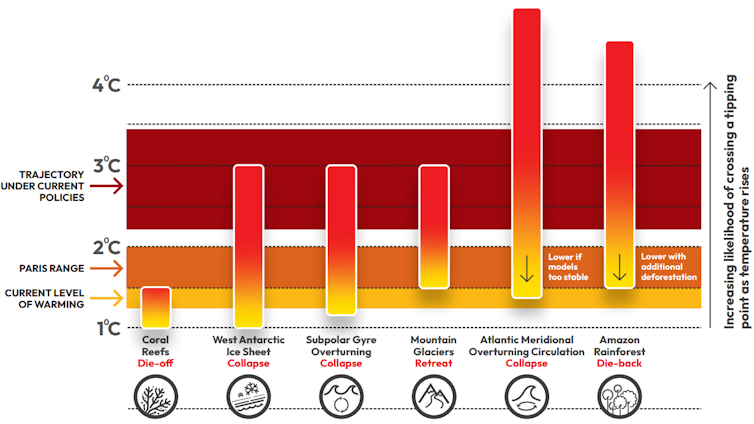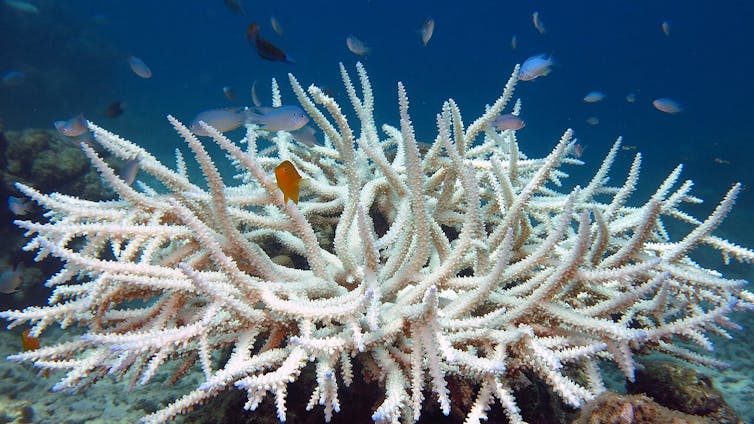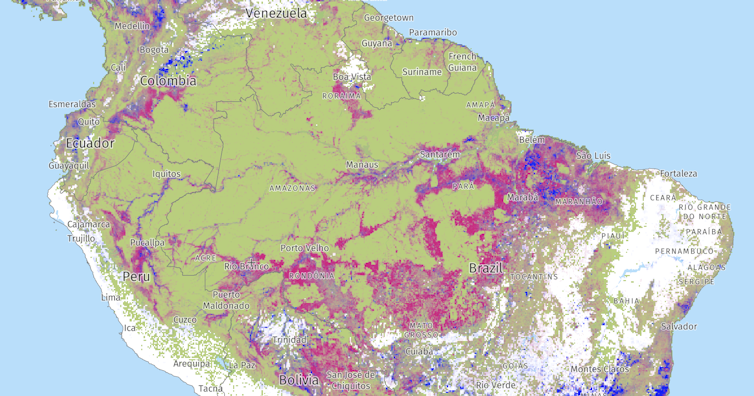Source: The Conversation – USA (3) – By Carol Mathews, Professor of Psychiatry, University of Florida

Many news outlets have reported an increase – or surge – in attention-deficit/hyperactivity disorder, or ADHD, diagnoses in both children and adults. At the same time, health care providers, teachers and school systems have reported an uptick in requests for ADHD assessments.
These reports have led some experts and parents to wonder whether ADHD is being overdiagnosed and overtreated.
As researchers who have spent our careers studying neurodevelopmental disorders like ADHD, we are concerned that fears about widespread overdiagnosis are misplaced, perhaps based on a fundamental misunderstanding of the condition.
Understanding ADHD as one end of a spectrum
Discussions about overdiagnosis of ADHD imply that you either have it or you don’t.
However, when epidemiologists ask people in the general population about their symptoms of ADHD, some have a few symptoms, some have a moderate level, and a few have lots of symptoms. But there is no clear dividing line between those who are diagnosed with ADHD and those who are not, since ADHD – much like blood pressure – occurs on a spectrum.
Treating mild ADHD is similar to treating mild high blood pressure – it depends on the situation. Care can be helpful when a doctor considers the details of a person’s daily life and how much the symptoms are affecting them.
Not only can ADHD symptoms be very different from person to person, but research shows that ADHD symptoms can change within an individual. For example, symptoms become more severe when the challenges of life increase.
ADHD symptoms fluctuate depending on many factors, including whether the person is at school or home, whether they have had enough sleep, if they are under a great deal of stress or if they are taking medications or other substances. Someone who has mild ADHD may not experience many symptoms while they are on vacation and well rested, for example, but they may have impairing symptoms if they have a demanding job or school schedule and have not gotten enough sleep. These people may need treatment for ADHD in certain situations but may do just fine without treatment in other situations.
This is similar to what is seen in conditions like high blood pressure, which can change from day to day or from month to month, depending on a person’s diet, stress level and many other factors.
Can ADHD symptoms change over time?
ADHD symptoms start in early childhood and typically are at their worst in mid-to late childhood. Thus, the average age of diagnosis is between 9 and 12 years old. This age is also the time when children are transitioning from elementary school to middle school and may also be experiencing changes in their environment that make their symptoms worse.
Classes can be more challenging beginning around fifth grade than in earlier grades. In addition, the transition to middle school typically means that children move from having all their subjects taught by one teacher in a single classroom to having to change classrooms with a different teacher for each class. These changes can exacerbate symptoms that were previously well-controlled.
Symptoms can also wax and wane throughout life. For most people, symptoms improve – but may not completely disappear – after age 25, which is also the time when the brain has typically finished developing.
Psychiatric problems that often co-occur with ADHD, such as anxiety or depression, can worsen ADHD symptoms that are already present. These conditions can also mimic ADHD symptoms, making it difficult to know which to treat. High levels of stress leading to poorer sleep, and increased demands at work or school, can also exacerbate or cause ADHD-like symptoms.
Finally, the use of some substances, such as marijuana or sedatives, can worsen, or even cause, ADHD symptoms. In addition to making symptoms worse in someone who already has an ADHD diagnosis, these factors can also push someone who has mild symptoms into full-blown ADHD, at least for a short time.
The reverse is also true: Symptoms of ADHD can be minimized or reversed in people who do not meet full diagnostic criteria once the external cause is removed.
How prevalence is determined
Clinicians diagnose ADHD based on symptoms of inattention, hyperactivity and impulsivity. To make an ADHD diagnosis in children, six or more symptoms in at least one of these three categories must be present. For adults, five or more symptoms are required, but they must begin in childhood. For all ages, the symptoms must cause serious problems in at least two areas of life, such as home, school or work.
Current estimates show that the strict prevalence of ADHD is about 5% in children. In young adults, the figure drops to 3%, and it is less than 1% after age 60. Researchers use the term “strict prevalence” to mean the percentage of people who meet all of the criteria for ADHD based on epidemiological studies. It is an important number because it provides clinicians and scientists with an estimate on how many people are expected to have ADHD in a given group of people.
In contrast, the “diagnosed prevalence” is the percentage of people who have been diagnosed with ADHD based on real-world assessments by health care professionals. The diagnosed prevalence in the U.S. and Canada ranges from 7.5% to 11.1% in children under age 18. These rates are quite a bit higher than the strict prevalence of 5%.
Some researchers claim that the difference between the diagnosed prevalence and the strict prevalence means that ADHD is overdiagnosed.
We disagree. In clinical practice, the diagnostic rules allow a patient to be diagnosed with ADHD if they have most of the symptoms that cause distress, impairment or both, even when they don’t meet the full criteria. And much evidence shows that increases in the diagnostic prevalence can be attributed to diagnosing milder cases that may have been missed previously. The validity of these mild diagnoses is well-documented.
Consider children who have five inattentive symptoms and five hyperactive-impulsive symptoms. These children would not meet strict diagnostic criteria for ADHD even though they clearly have a lot of ADHD symptoms. But in clinical practice, these children would be diagnosed with ADHD if they had marked distress, disability or both because of their symptoms – in other words, if the symptoms were interfering substantially with their everyday lives.
So it makes sense that the diagnosed prevalence of ADHD is substantially higher than the strict prevalence.

SolStock/E+ via Getty Images
Implications for patients, parents and clinicians
People who are concerned about overdiagnosis commonly worry that people are taking medications they don’t need or that they are diverting resources away from those who need it more. Other concerns are that people may experience side effects from the medications, or that they may be stigmatized by a diagnosis.
Those concerns are important. However, there is strong evidence that underdiagnosis and undertreatment of ADHD lead to serious negative outcomes in school, work, mental health and quality of life.
In other words, the risks of not treating ADHD are well-established. In contrast, the potential harms of overdiagnosis remain largely unproven.
It is important to consider how to manage the growing number of milder cases, however. Research suggests that children and adults with less severe ADHD symptoms may benefit less from medication than those with more severe symptoms.
This raises an important question: How much benefit is enough to justify treatment? These are decisions best made in conversations between clinicians, patients and caregivers.
Because ADHD symptoms can shift with age, stress, environment and other life circumstances, treatment needs to be flexible. For some, simple adjustments like classroom seating changes, better sleep or reduced stress may be enough. For others, medication, behavior therapy or a combination of these interventions may be necessary. The key is a personalized approach that adapts as patients’ needs evolve over time.
![]()
Carol Mathews receives funding from the National Institutes of Health and the International OCD Foundation. She is affiliated with the International OCD Foundation, and the Family Foundation for OCD Research. She acts as a consultant for the Office of Mental Health for the State of New York.
Stephen V. Faraone receives research funding from the National Institutes of Health, the European Union, the Upstate Foundation and Supernus Pharmaceuticals. With his institution, he holds US patent US20130217707 A1 for the use of sodium-hydrogen exchange inhibitors in the treatment of ADHD. His continuing medical education programs are supported by The Upstate Foundation, Corium Pharmaceuticals, Tris Pharmaceuticals and Supernus Pharmaceuticals. He acts as a consultant to multiple pharmaceutical companies.
– ref. Yes, ADHD diagnoses are rising, but that doesn’t mean it’s overdiagnosed – https://theconversation.com/yes-adhd-diagnoses-are-rising-but-that-doesnt-mean-its-overdiagnosed-257108












